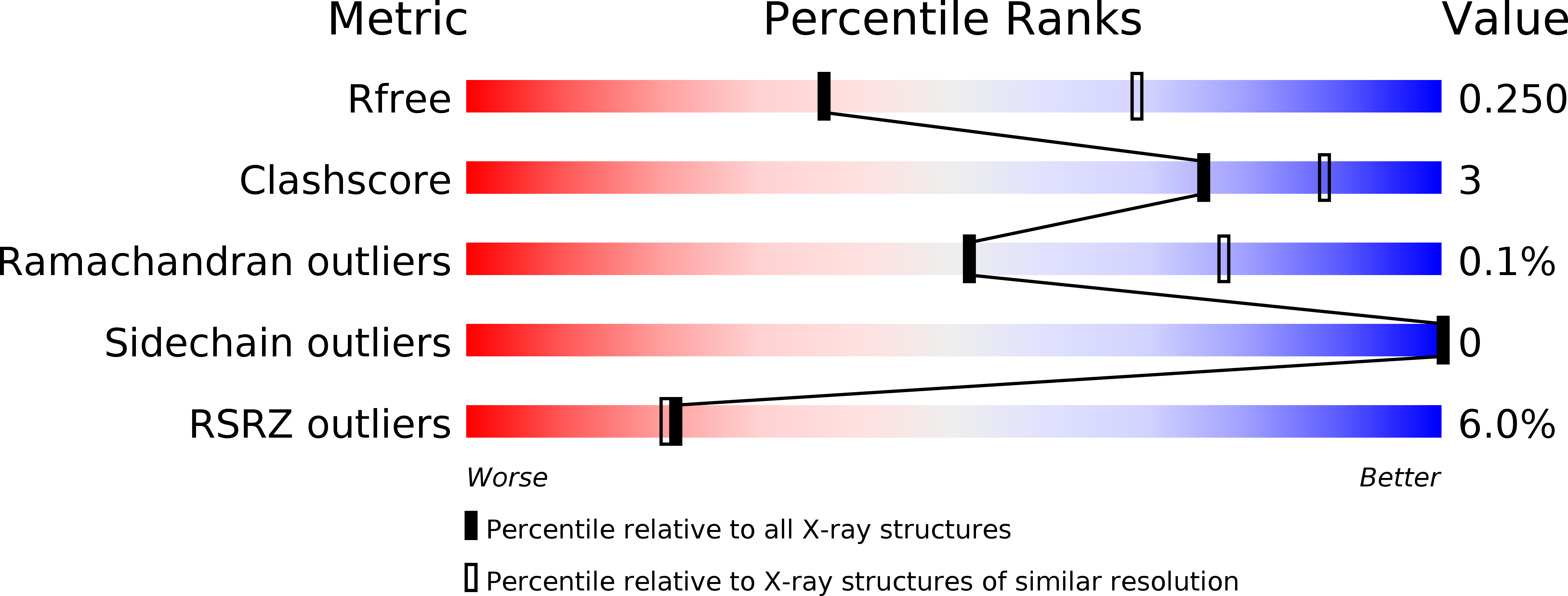
Deposition Date
2007-02-23
Release Date
2007-10-16
Last Version Date
2024-11-13
Entry Detail
PDB ID:
2OZ4
Keywords:
Title:
Structural Plasticity in IgSF Domain 4 of ICAM-1 Mediates Cell Surface Dimerization
Biological Source:
Source Organism:
Homo sapiens (Taxon ID: 9606)
Mus musculus (Taxon ID: 10090)
Mus musculus (Taxon ID: 10090)
Host Organism:
Method Details:
Experimental Method:
Resolution:
2.70 Å
R-Value Free:
0.25
R-Value Work:
0.20
R-Value Observed:
0.20
Space Group:
C 1 2 1


